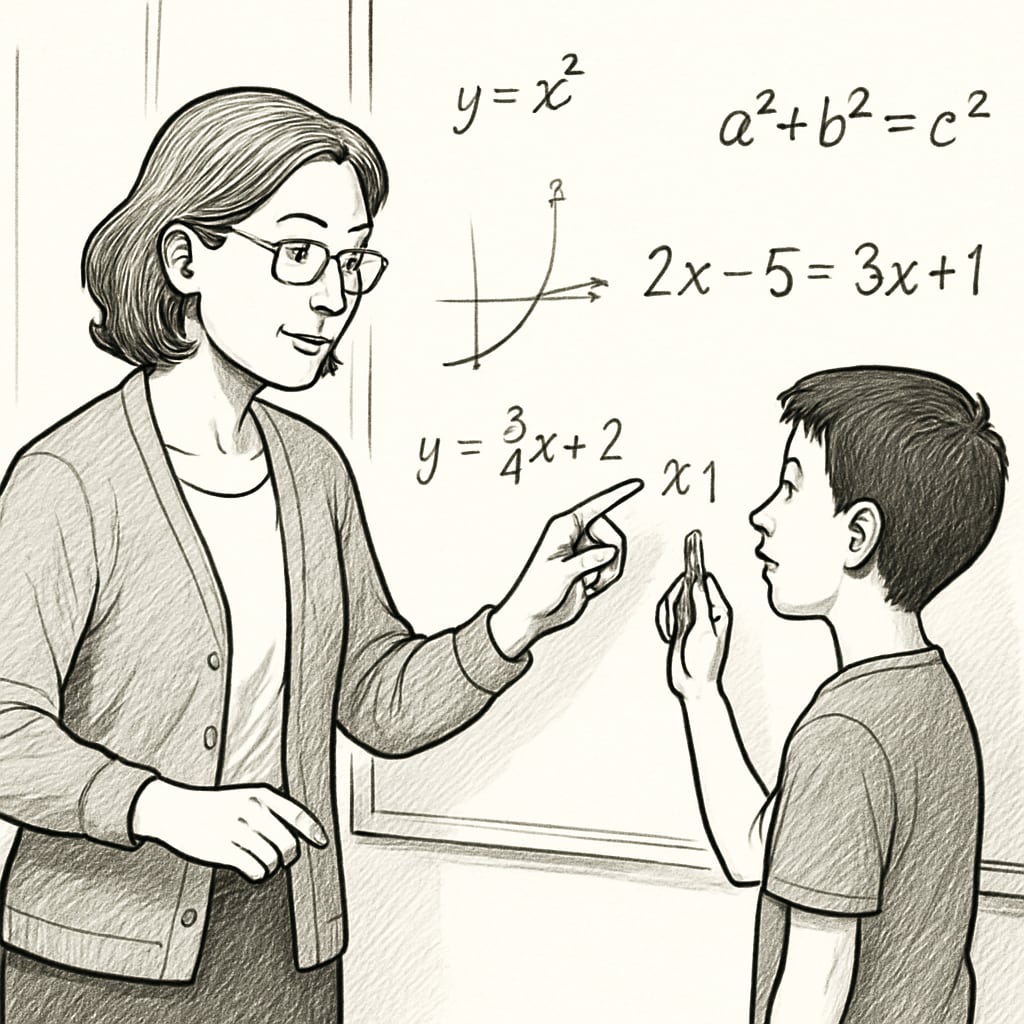In the realm of education, the moments that matter most often go unnoticed. Yet, the simple act of a student expressing gratitude—”Thank you for teaching me”—can illuminate the profound dynamics of teacher influence and the depth of teacher-student relationships. These moments of genuine appreciation not only highlight the human essence of education but also remind us of the irreplaceable role teachers play in shaping futures.
The Power of Gratitude in Teacher-Student Relationships
Gratitude is often seen as a small gesture, but in the context of education, it carries immense weight. When a student says “thank you” to a teacher, it is more than just politeness. It acknowledges the time, effort, and care invested by the teacher to guide and inspire. Such expressions of appreciation can spark a transformation in the teacher-student dynamic, fostering trust, mutual respect, and a stronger emotional connection.
For example, research conducted by Positive Psychology has shown that gratitude promotes positive relationships and well-being. In classrooms, this principle is no different. A heartfelt “thank you” not only validates the teacher’s efforts but also encourages students to value the lessons they receive, both academically and personally.

How Teacher Influence Shapes Lifelong Growth
Teachers are more than just purveyors of information; they are mentors, role models, and sometimes even the first figures to believe in a student’s potential. Small acts of gratitude from students often reflect these influences. For instance, a student may thank a teacher for their patience during difficult lessons or for inspiring them to pursue a passion. These moments reveal how deeply a teacher’s influence extends beyond textbooks and exams.
One profound example is the story of Jaime Escalante, a high school teacher whose impact on his students was so significant that it inspired the film “Stand and Deliver.” Escalante’s unwavering belief in his students’ potential led many to excel in advanced mathematics, despite societal barriers. Stories like these remind us that the ripple effects of teacher influence can shape a student’s life trajectory in unimaginable ways.

Creating an Environment for Meaningful Gratitude
While student gratitude is powerful, it does not occur in isolation. Teachers play a crucial role in cultivating an environment where such appreciation can flourish. By creating a classroom atmosphere rooted in respect, empathy, and open communication, teachers encourage students to express their feelings and values.
Here are some practical ways educators can nurture this environment:
- Active Listening: When students feel heard, they are more likely to share their thoughts, including expressions of gratitude.
- Celebrating Small Successes: Recognizing a student’s efforts, no matter how minor, fosters a culture of mutual appreciation.
- Modeling Gratitude: Teachers who thank their students for participation or effort set an example, showing that gratitude is a two-way street.
As a result, these practices do not merely enhance the teacher-student relationship; they also prepare students for a lifetime of meaningful connections in their personal and professional lives.
Conclusion: Gratitude as the Heartbeat of Education
Ultimately, the essence of education lies in the connections between people. When students express sincere gratitude, and teachers respond with understanding and respect, they create a cycle of mutual appreciation that enriches the educational experience. These moments, though seemingly small, often become the most cherished memories in a student’s journey and a teacher’s career.
Therefore, let us not overlook the power of a simple “thank you.” In these two words lies the potential to strengthen relationships, inspire growth, and ultimately reveal the extraordinary impact of education.
As the poet William Arthur Ward once said, “The mediocre teacher tells. The good teacher explains. The superior teacher demonstrates. The great teacher inspires.” Let us honor this inspiration with gratitude.
Readability guidance: Short paragraphs and lists summarize key points efficiently. Active voice and varied sentence structures maintain engagement, ensuring the article is both informative and accessible.


